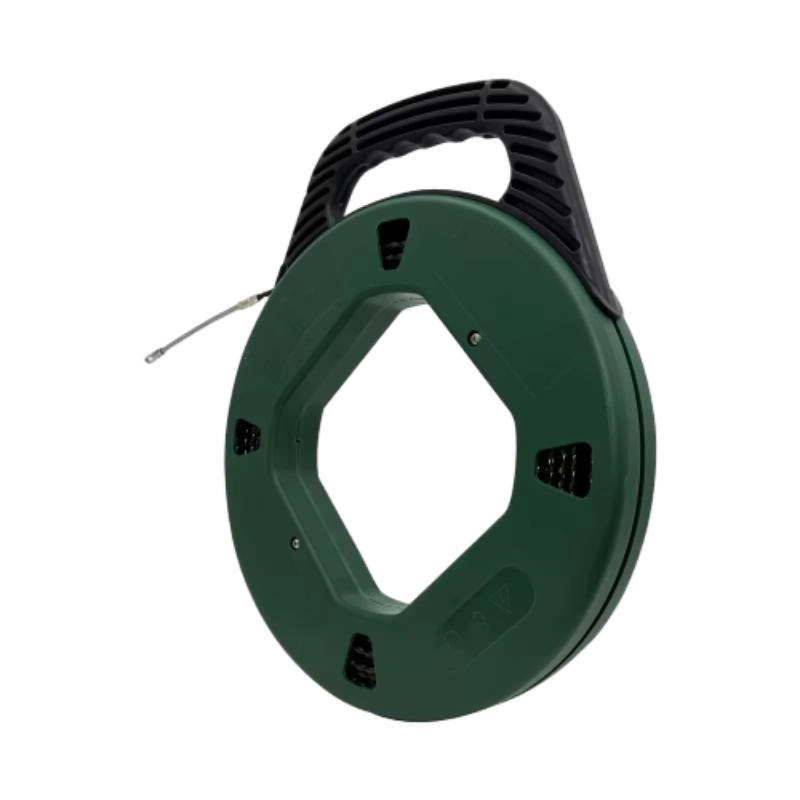
-
 Afrikaans
Afrikaans -
 Albanian
Albanian -
 Amharic
Amharic -
 Arabic
Arabic -
 Armenian
Armenian -
 Azerbaijani
Azerbaijani -
 Basque
Basque -
 Belarusian
Belarusian -
 Bengali
Bengali -
 Bosnian
Bosnian -
 Bulgarian
Bulgarian -
 Catalan
Catalan -
 Cebuano
Cebuano -
 Corsican
Corsican -
 Croatian
Croatian -
 Czech
Czech -
 Danish
Danish -
 Dutch
Dutch -
 English
English -
 Esperanto
Esperanto -
 Estonian
Estonian -
 Finnish
Finnish -
 French
French -
 Frisian
Frisian -
 Galician
Galician -
 Georgian
Georgian -
 German
German -
 Greek
Greek -
 Gujarati
Gujarati -
 Haitian Creole
Haitian Creole -
 hausa
hausa -
 hawaiian
hawaiian -
 Hebrew
Hebrew -
 Hindi
Hindi -
 Miao
Miao -
 Hungarian
Hungarian -
 Icelandic
Icelandic -
 igbo
igbo -
 Indonesian
Indonesian -
 irish
irish -
 Italian
Italian -
 Japanese
Japanese -
 Javanese
Javanese -
 Kannada
Kannada -
 kazakh
kazakh -
 Khmer
Khmer -
 Rwandese
Rwandese -
 Korean
Korean -
 Kurdish
Kurdish -
 Kyrgyz
Kyrgyz -
 Lao
Lao -
 Latin
Latin -
 Latvian
Latvian -
 Lithuanian
Lithuanian -
 Luxembourgish
Luxembourgish -
 Macedonian
Macedonian -
 Malgashi
Malgashi -
 Malay
Malay -
 Malayalam
Malayalam -
 Maltese
Maltese -
 Maori
Maori -
 Marathi
Marathi -
 Mongolian
Mongolian -
 Myanmar
Myanmar -
 Nepali
Nepali -
 Norwegian
Norwegian -
 Norwegian
Norwegian -
 Occitan
Occitan -
 Pashto
Pashto -
 Persian
Persian -
 Polish
Polish -
 Portuguese
Portuguese -
 Punjabi
Punjabi -
 Romanian
Romanian -
 Russian
Russian -
 Samoan
Samoan -
 Scottish Gaelic
Scottish Gaelic -
 Serbian
Serbian -
 Sesotho
Sesotho -
 Shona
Shona -
 Sindhi
Sindhi -
 Sinhala
Sinhala -
 Slovak
Slovak -
 Slovenian
Slovenian -
 Somali
Somali -
 Spanish
Spanish -
 Sundanese
Sundanese -
 Swahili
Swahili -
 Swedish
Swedish -
 Tagalog
Tagalog -
 Tajik
Tajik -
 Tamil
Tamil -
 Tatar
Tatar -
 Telugu
Telugu -
 Thai
Thai -
 Turkish
Turkish -
 Turkmen
Turkmen -
 Ukrainian
Ukrainian -
 Urdu
Urdu -
 Uighur
Uighur -
 Uzbek
Uzbek -
 Vietnamese
Vietnamese -
 Welsh
Welsh -
 Bantu
Bantu -
 Yiddish
Yiddish -
 Yoruba
Yoruba -
 Zulu
Zulu


Dec . 25, 2024 21:34 Back to list
Exploring the Mechanisms of Chain Pulley Systems and Their Applications
The Chain Pulley Hook A Fundamental Tool in Mechanical Operations
In the realm of mechanical operations, the chain pulley hook stands as a crucial implement, facilitating the efficient movement and lifting of heavy objects. This device, often found in construction sites, warehouses, and manufacturing plants, is designed to streamline the process of lifting, pulling, and maneuvering loads with minimal effort. Understanding its components, functions, and applications not only highlights its importance but also reveals the engineering ingenuity behind it.
A chain pulley hook typically consists of several key components the hook itself, the chain, the pulley, and often a block system. The hook is designed to securely attach to the load, while the chain provides the necessary strength and flexibility to lift or move the item. The pulley serves as a mechanical advantage system that reduces the amount of force needed to lift heavy weights. By using principles derived from physics, this tool allows an operator to exert much less effort compared to lifting the object directly.
One of the primary benefits of using a chain pulley hook is its ability to distribute the weight of the load evenly. This is crucial when lifting particularly heavy or awkward shapes, as it minimizes the risk of injury to the operator and damage to the load. Moreover, chain pulley systems can be configured in various ways, such as single sheave, double sheave, or more complex block systems, allowing for flexibility in different lifting scenarios.
chain pulley hook

The applications of chain pulley hooks are widespread. In construction, they are indispensable for raising beams, panels, and other structural elements into place. In shipping and logistics, chain pulleys streamline the loading and unloading of containers and heavy equipment, improving overall efficiency. Additionally, they are used in theatrical stage setups, where heavy backdrops or props need to be moved silently and safely without distracting the audience.
Safety is paramount when working with chain pulley hooks. If not used correctly, there is a significant risk of accidents. Operators must be trained in proper techniques and safety measures, such as ensuring the hook is securely attached to the load, not exceeding the weight capacity of the system, and using protective gear to prevent accidents. Regular maintenance checks on the chains and pulleys are essential to ensure that the equipment remains in good working condition and does not pose a risk during operation.
Notably, advancements in technology have also influenced the design and functionality of chain pulley hooks. Modern versions may incorporate features such as automatic locking mechanisms, lightweight materials, and enhanced durability to withstand harsher conditions. These innovations continue to evolve, making the devices even more user-friendly and reliable.
In conclusion, the chain pulley hook is a vital mechanical tool that plays an essential role in numerous industries. Its simplicity, combined with its effectiveness in reducing effort and increasing safety during lifting tasks, underscores its significance in everyday operations. As technology advances, the design and capabilities of chain pulley systems are likely to improve further, solidifying their place as indispensable tools in the mechanical world. Whether on a bustling construction site or a quiet warehouse, the chain pulley hook remains a testament to human ingenuity and the quest for efficiency in labor.
Latest news
What Are Construction Tools and How Are They Used?
NewsJul.11,2025
Professional-Grade Duct Rodding Tools for Superior Cable Installation
NewsJul.11,2025
Enhancing Safety and Efficiency with Modern Hot Stick Solutions
NewsJul.11,2025
Empowering Cable Installation with Advanced Rodder Solutions
NewsJul.11,2025
Elevate Your Cable Installation Projects with Cable Pulling Tools
NewsJul.11,2025
Efficient Cable Handling Solutions: Cable Rollers for Sale
NewsJul.11,2025











